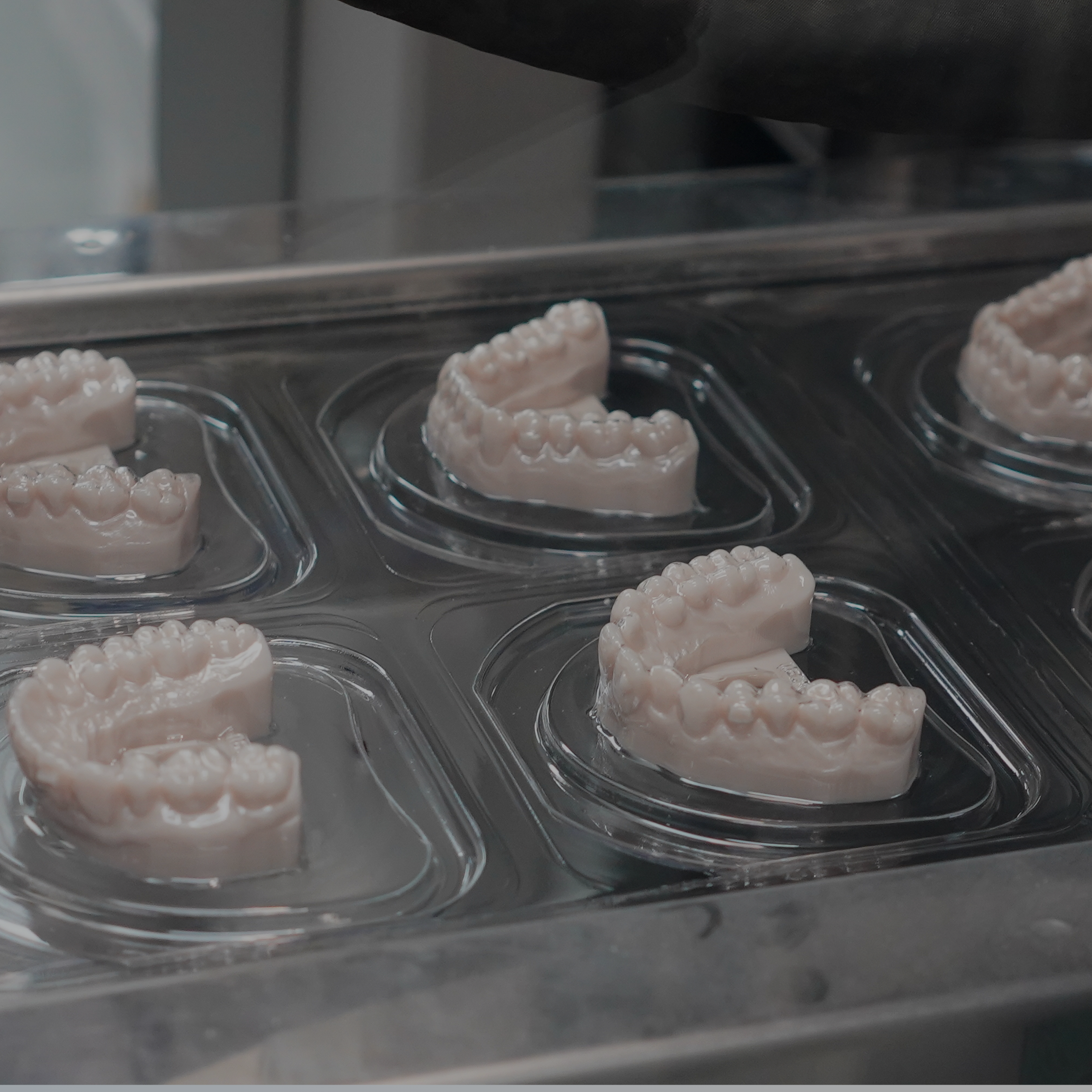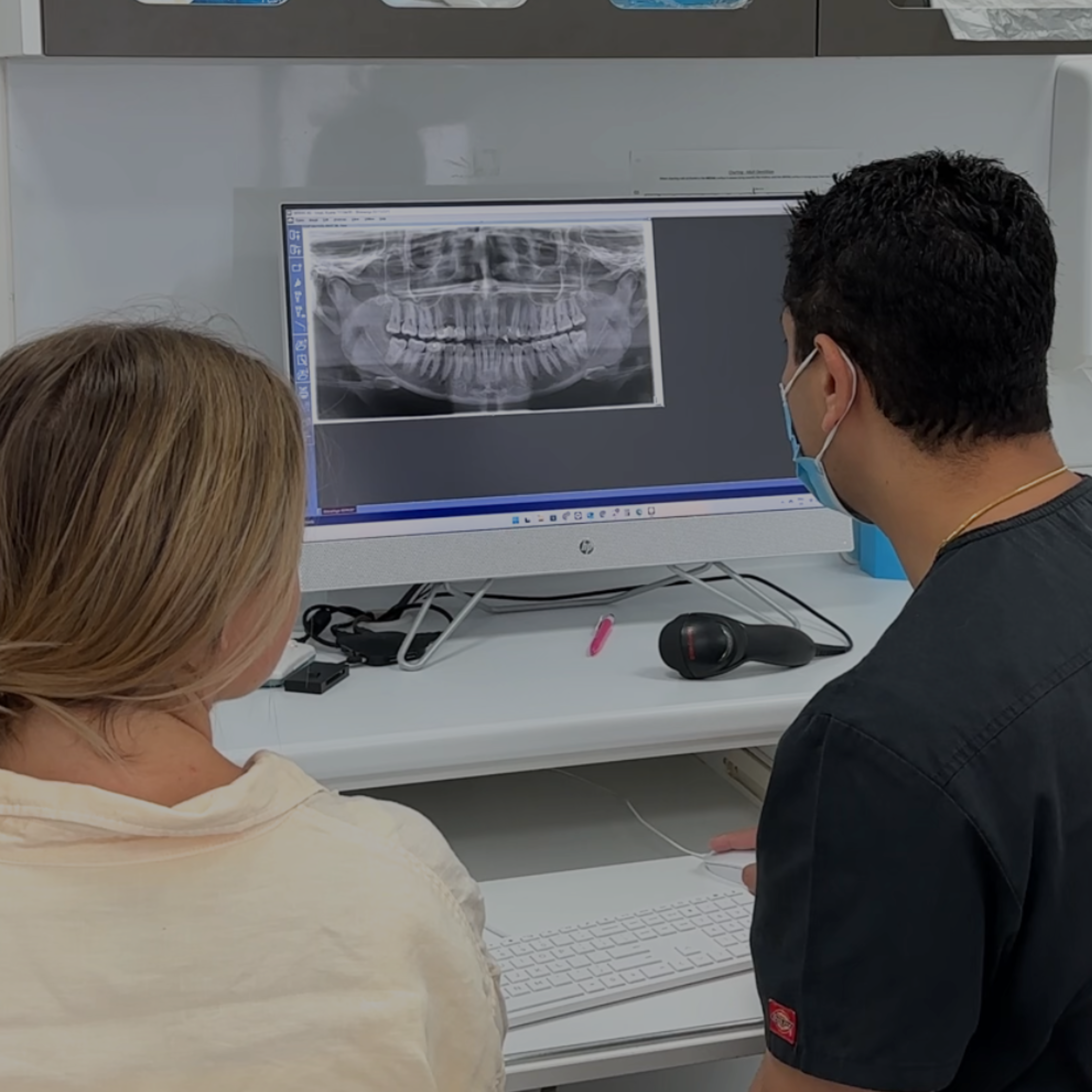Attachments

Improved Precision for Complex Cases
Teeth attachments for clear aligners are small, tooth-colored buttons or bumps that are temporarily bonded to specific teeth during orthodontic treatment. They are made of a composite material and are designed to help the clear aligners apply more precise force to certain areas of the teeth that need more movement.
Attachments are typically not visible, as they are color-matched to the teeth, and they are removed once the treatment is complete.


Why Are Attachments Used?
These attachments help aligners grip the teeth more effectively and facilitate complex movements that may not be achievable with aligners alone.
Attachments are used to:
- Improve Tooth Movement – They provide additional leverage for moving teeth in difficult directions (e.g., rotations, extrusions, or intrusions).
- Enhance Aligners' Grip – Since aligners are smooth and fit snugly, attachments create points for aligners to "push" against.
- Correct Complex Cases – More challenging tooth movements (such as correcting deep bites, crossbites, or large gaps) often require attachments.
Interproximal Reduction

Making Space for Crowded Teeth
IPR (Interproximal Reduction) is a very common orthodontic procedure where a tiny amount of enamel is gently polished from the sides of selected teeth. This creates a little extra space without needing to remove any teeth.
It’s often used to help relieve crowding, improve alignment, or allow the teeth to move more effectively during clear aligner treatment. The procedure is minimally invasive, done with specialised tools, and only removes a very small amount of enamel — much less than the thickness of a fingernail.
Modern orthodontics now uses IPR instead of extracting teeth in most mild crowding cases. It’s usually done on less visible teeth, so it doesn’t affect appearance, and it does not weaken the teeth.
Afterwards, the surfaces are smoothed and polished, and most patients experience little to no discomfort.

Why Interproximal Reduction?
Interproximal Reduction (IPR) not only creates space for crowded teeth but also enhances the effectiveness of orthodontic treatment by allowing for more precise tooth movement. It can help achieve a more natural and proportional tooth shape, reducing the chances of excessive overlapping or irregular spacing.
Additionally, IPR plays a role in improving long-term bite stability by preventing teeth from shifting back after treatment. When done carefully, it preserves the overall health of the teeth, as only a minimal amount of enamel is removed. In some cases, IPR can also help correct minor bite discrepancies, such as mild overjet or overbite, making it a valuable tool in orthodontic planning.



